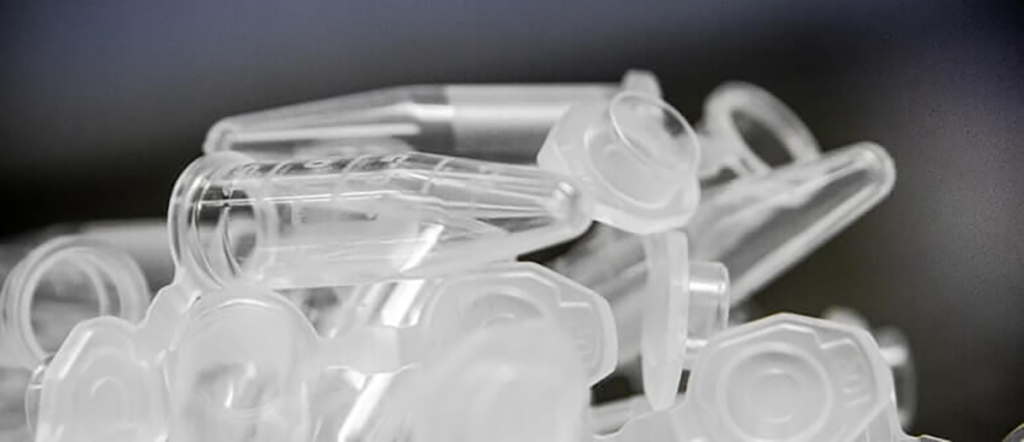
With our Xtreme Quality™ philosophy, Biotix produces laboratory consumables that are among the highest quality in the industry. Our tightly controlled ISO 9001 certified production facility, coupled with our rigorous inspection requirements, ensure that our products are molded to strict quality specifications to produce the best results in your laboratory. By utilizing best practices for storing and using laboratory plastics, Biotix products will perform as well in your hands as they do in ours. Download the PDF the learn about our suggested best practices for laboratory plastics.
STORAGE
When stored properly, Biotix products have a long shelf life and maintain high quality performance. Store at room temperature and away from prolonged sun exposure which can yellow plastics over time. Maintain a First In, First Out (FIFO) process for inventory control.
AUTOCLAVING
All products from Biotix are BioReady™ Certified to be free of detectable RNase, DNase, Nucleic Acids, Endotoxins (pyrogens) and PCR inhibitors. Biotix recommends purchasing Pre-Sterile products if an additional level of purity is required. If your laboratory procedure requires autoclaving non-sterile purchased products, please adhere to the following guidelines:
- Set autoclave for 121°C, 15 PSI (1 atm) for 15 minutes
- Unlike glassware, do not use a “dry cycle” as this may distort and damage plastic products
- Remove product from autoclave after it has cooled and store appropriately
Biotix discourages autoclaving of robotic pipette tips, PCR tubes and PCR plates due to the warping/ distortion that autoclaving can introduce to these high precision products.
CHEMICAL RESISTANCE
Before initiating use of laboratory plastic consumables for a new assay, please review the chemical resistance chart to verify compatibility. Because of the unique applications in life science research (temperature, pressure, contact duration, material stress, etc.), it is always a best practice to carry out a performance test to your unique protocol.
USE OF PLATES & TUBES IN CENTRIFUGATION
Before using any plate or tube in centrifugation, please refer to the product specifications to determine maximum centrifugation speeds. It is also important to understand the difference between Revolutions Per Minute (RPM) and Relative Centrifugal Force (RCF). Of the two specifications, RCF, or G force, is a standard unit of measurement across all centrifuges and can be calculated
using the formula provided below. Setting the RCF too high can cause products to crack and shatter. Make sure you are using the appropriate RCF speed, and not RPM.
CALCULATING RCF:
RCF = 0.00001118 x radius of centrifuge rotor (cm) x RPM2
SAMPLE STORAGE IN FREEZER
Products such as Biotix microcentrifuge tubes and deep-well plates are often used for sample storage as they can withstand temperatures as low as -80°C. Water density expands by approximately 81 /3% upon freezing, so be sure to have allowance for expansion when placing your samples in the tubes and plates.
